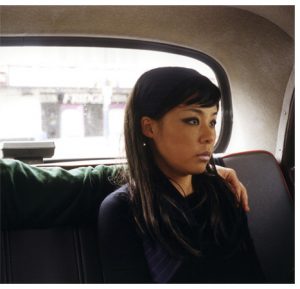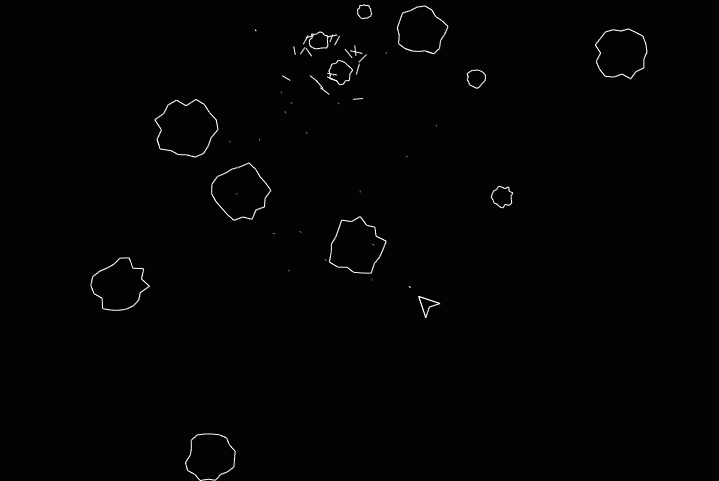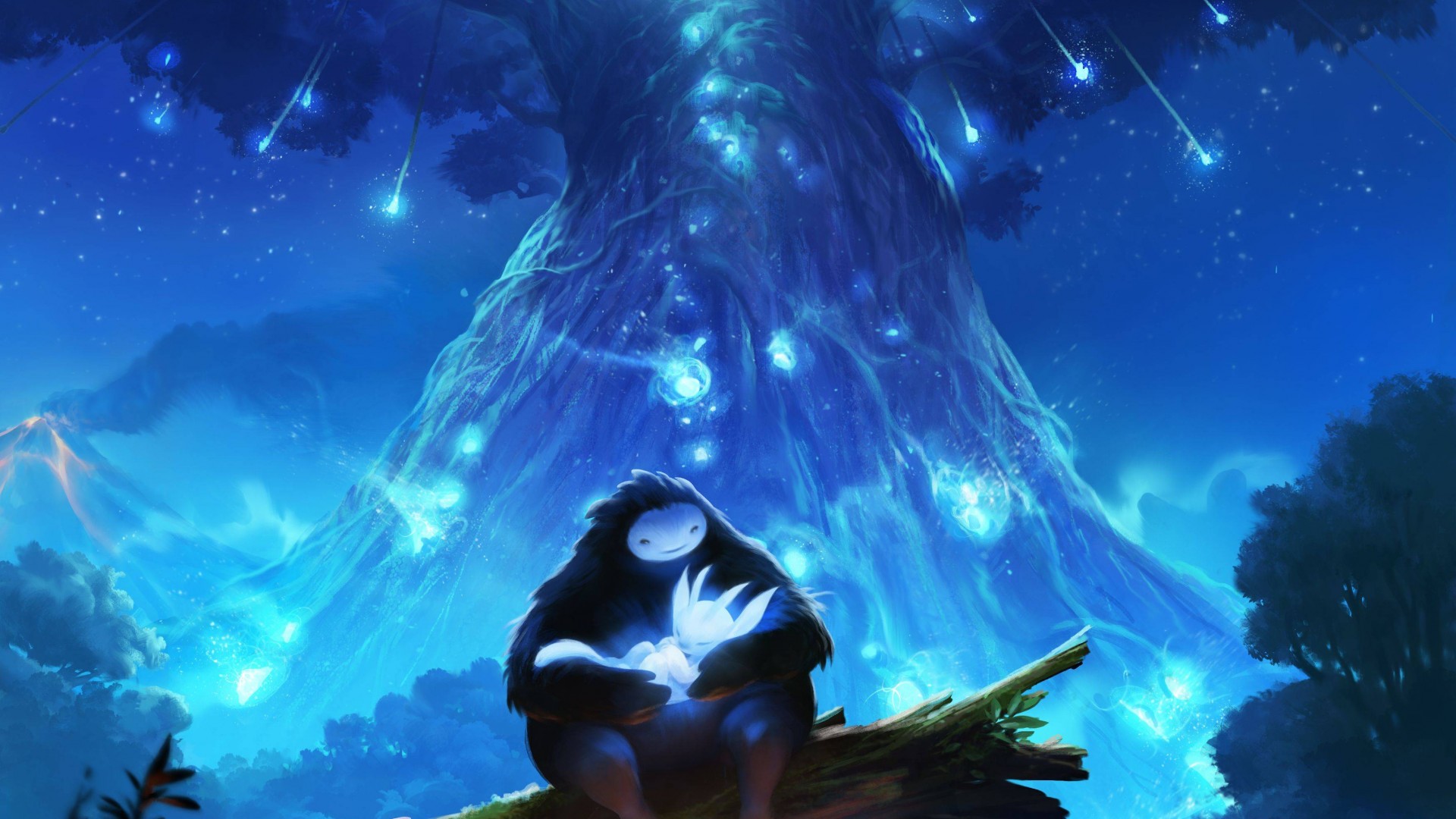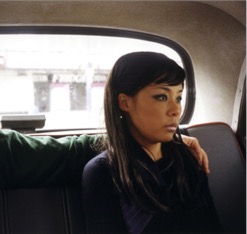Nikki S. Lee’s Part (14) photograph, 2002, shows a woman in the back seat of a car, dressed well with careful make up, with a male arm around her shoulders. The body of the man is out of the frame of the image, leaving a large gap of bare car seat between the woman and the unseen body of the man. The woman is sitting stiffly, slightly turned away from the man and seemingly looking out of the window of the car with a solemn expression.
The image seems to be about the woman’s resignation to her lack of control in the situation. The seemingly unwelcome arm across her shoulders shows the owner of the arm has dominance over her and control of the situation, while her solemn expression and stiff posture shows a resignation to the arrangement. The lack of identity of the male figure could show that it is unimportant as if control of the woman belongs to more than one person: that she is generally owned by someone else. It could also suggest that his control is a defining feature of their interaction as his expression or even appearance in removed. The image appears very still as if the situation is not going to change.
Lee’s parts project looks at the cliché of photographs of couples . Brittany Capenter explains how Lee arranges photographs of couples and cuts the printed images removing the significant other to create ambiguity of intentions and emotions in the image. The hidden narratives that emerge through the removal of the identities cause the viewer to engage with image fully to work out what is being shown in the scenarios presented.
Carpenter B. (2013) Fluid Identities: The “Parts” and “Projects” of Nikki Lee, Broad Strokes, National Museum Of Women In The Arts, Available from: https://nmwa.org/blog [Accessed 3/12/17]






